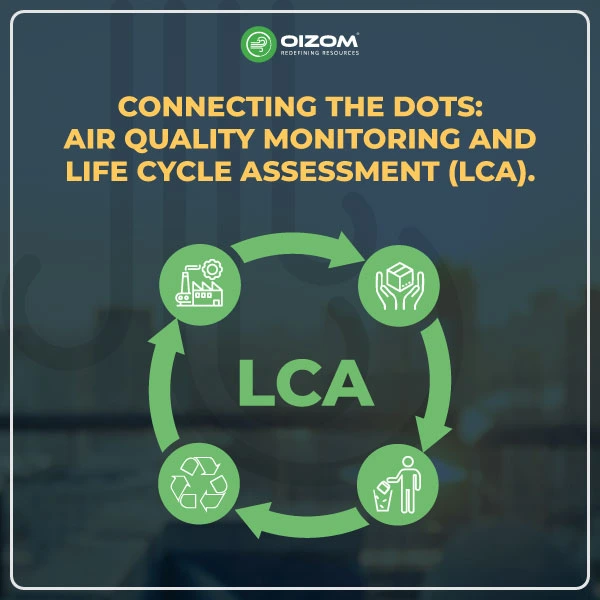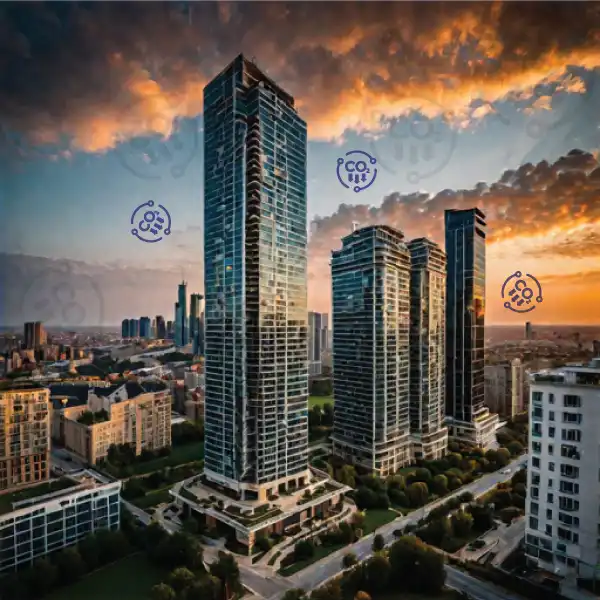When we hear “reduce carbon footprint in construction,” we frequently imagine large, like updating the entire organization or investing in cutting-edge tools and technologies. One industry that has a huge impact on world emissions is construction. It is one of the most polluting industries in the world, owing to its resource-intensive and necessary nature. While buildings will always need to be renovated and built, experts are investigating the sources of emissions and creating sustainable alternatives to standard procedures. Many countries are evaluating different pollution-reduction methods to achieve net-zero emissions.
Let us first define a carbon footprint before discussing how to reduce it. A carbon footprint is the entire amount of greenhouse gases (e.g., carbon dioxide and methane) produced by our actions. The average annual carbon footprint per person in the UK is 12.7 tons CO2e. Globally, the average is closer to four tons. Why is this info important? To avoid a 2℃ increase in global temperatures, the average annual carbon footprint must be less than 2 tons by 2050.
Nearly 11% of global carbon emissions derive from the construction industry. Building materials, machines, lights, heating, ventilation, air conditioning (HVAC) systems, and other components contribute to the pollution.
Ways to reduce Greenhouse Gas Emissions in Construction
A fully decarbonized industry may eliminate nearly half of all carbon emissions to the climate. So, where are we right now in terms of accomplishing this goal? Population growth is attributable to a significant increase in demand. And as the world’s population hits 10 billion, the international building stock will likely double.
Reducing greenhouse gas emissions in the construction industry is crucial to combating climate change and fostering sustainable development. The building or construction industry greatly impacts world emissions, notably through energy consumption, carbon-intensive materials, and construction procedures.

Implementing solutions to reduce these emissions can significantly influence environmental sustainability. Here are a few successful methods for reducing greenhouse gas emissions in construction:

Reduce energy use
Energy efficiency is critical in lowering emissions. Construction projects can reduce energy usage in various ways, including using energy-efficient lighting, appliances, and equipment. Implementing smart design concepts that maximize natural light and insulation can considerably minimize the need for artificial heating and cooling, resulting in lower energy consumption and emissions.
Reuse construction materials
Reusing construction materials can significantly reduce the demand for new resources, lowering the energy required for manufacturing and shipping, thereby reducing emissions. Materials such as steel, glass, and wood can be reused, supporting a circular economy in the construction industry. This strategy conserves resources and reduces waste transported to landfills, lowering the environmental effect. Take note of the unused and scrap materials left over from your building project and consider the different ways you can use or repurpose them in the future.
Electrify construction equipment
Transitioning to electrically powered construction equipment can significantly reduce greenhouse gas emissions, eliminating the direct emissions of diesel and gasoline-powered machinery. Electrification of equipment, when paired with renewable energy sources, offers a clean alternative to conventional fossil fuel-dependent machinery, thus reducing emissions.
Use low-carbon cement
Reusing construction materials can significantly reduce the demand for new resources, lowering the energy required for manufacturing and shipping, thereby reducing emissions. Materials such as steel, glass, and wood can be reused, supporting a circular economy in the construction industry. This strategy conserves resources and reduces waste transported to landfills, lowering the environmental effect.
Switch to Timber
When harvested properly, timber is a renewable resource that can operate as a carbon sink, absorbing CO2 from the atmosphere. Using timber in construction decreases reliance on carbon-intensive materials such as steel and concrete and adds to carbon sequestration, making it a win-win situation for lowering different types of greenhouse gases.
Optimize HVAC Systems
Heating, ventilation, and air conditioning (HVAC) systems are large energy consumers in buildings. Optimizing these systems with energy-efficient models, smart thermostats, and regular maintenance can drastically cut energy use and emissions. Furthermore, renewable energy sources like solar panels to power HVAC systems might improve sustainability.
The construction industry can play a pivotal role in reducing global greenhouse gas emissions by embracing these strategies. Transitioning to sustainable construction practices benefits the environment and offers economic and social advantages, paving the way for a more sustainable future.
Things to change to reduce greenhouse gases
Finding solutions to become more sustainable is crucial for the construction industry. The following are some significant reasons why decreasing your company’s carbon footprint is vital. Key strategies include:
- Change is required: If you are a contractor, you must recognize that lowering carbon emissions is critical to reducing your company’s impact on climate change.
- Improving public health: Using sustainable procedures and materials throughout the construction process can lower greenhouse gas emissions, producing cleaner air and water for the public.
- Protecting wildlife: Greener building projects are better for the environment and the health of wildlife, such as animals and plants. Reducing our carbon footprints will assist in conserving and safeguarding the natural world.
- Reducing Electricity Use: Minimize electricity consumption, especially from non-renewable sources, by adopting energy-efficient practices such as using LED bulbs, improving home insulation, and utilizing smart thermostats and energy-efficient appliances.
- Adopting Renewable Energy: Transition to renewable energy sources for electricity generation, such as solar, wind, and hydroelectric power, to decrease reliance on fossil fuels that emit greenhouse gasses.
- Conservation and Reforestation: Engage in and support efforts to conserve existing forests and reforest areas that have been cleared. Trees and plants are critical in absorbing CO2 from the atmosphere, acting as vital carbon sinks.
- Advocacy and Education: Raise awareness and advocate for policies and practices that reduce greenhouse gas emissions. This includes supporting clean energy initiatives, sustainable urban planning, and environmental conservation projects.
Conclusion
The building and construction industry currently accounts for 39% of global carbon emissions, meaning that reducing carbon emissions in construction will have a pivotal impact worldwide. Many researchers are investigating the impact of technology improvements on the construction industry’s carbon footprint. They believe construction firms may become carbon neutral by lowering material emissions, using innovative technologies, and utilizing renewable energy sources. You may adopt these pollution-reduction practices and reduce your carbon footprint over time.
Oizom’s comprehensive monitoring solutions have emerged as a powerful tool in the environmental industry’s efforts to understand and combat the harmful effects of greenhouse gasses in the construction industry. With state-of-the-art sensors, user-friendly interfaces, and cutting-edge analytics, Oizom’s products are not just instruments but partners in a global effort to create a cleaner, healthier environment.






